- /
- Blog
- /
- Digital vs. Traditional Advertising:...
Digital vs. Traditional
Advertising: Which One Wins?
Digital vs. Traditional Advertising: Which One Wins?
From newspaper ads and billboards to social media banners and search engine promotions, the ways of advertising have evolved exponentially. Businesses used to solely rely on the avenues of television, radio, print, and other outdoor activities, in order to connect with their clients. But with the growth of the internet, digital branding changed the way companies interact with their consumers entirely.
With the growth of the internet, businesses now have the capability of directly tracking their promotions in real-time, allowing them to refine their approach to ensure the most reach. Is digital advertising superior to other methods? And how can you assess its reach? Let’s get into it further.
Which advantages does digital advertising offer in comparison with traditional one?
Unlike traditional styles such as print or TV ads, digital advertising has added values such as measurable results, real time optimization, and precise audience targeting. ROI tracking as well as brand visibility enhancement construction campaign adjustment based on metrics performance are all possible with digital advertising. Comparing the Benefits of Digital Advertising Over Traditional Advertising
Precise Targeting : One of the most defining aspects of digital advertising is the ability to market to certain groups of people based on their interests and behavior. Digital platforms are designed in a way where brands can advertise in particular zip codes or even neighborhoods, which increases the chances of positive conversions, something which is very difficult in traditional advertising.
Cost Effectiveness : Having a TV advertisement or promoting your business through newspapers or billboards is very expensive and does not guarantee much reach. Digital advertising gives more flexibility when it comes to budgeting as companies can start out with a smaller marketing budget and increase it later on when they see success.
Analytics and Performance Tracking in Real Time Monitoring : Digital advertising makes it possible for you to check your campaign performance at any time. The metrics which can be tracked like impressions, clicks, engagement rates and conversions enables businesses to make data backed decisions whereas advertising in other forms does not provide feedback or details as precise and insightful as this one offers.
Engagement and interaction is higher. : Billboards and print ads are not engaging as digital ads as they do not provide the option for clickable links, videos or even animations. This leads to effective engagement and collection of potential customer information which helps businesses a lot.
Global Ads accessibility means reach to opportunities goes up. : Compared to Traditional marketing methods which tend to be vaccination limited, digital advertisements can reach an audience all over the globe meaning that they are easily accessible, thus allowing businesses to extend the markets they sell into.
Optimizations along with changes are easy. : After a traditional advertisement is completed, changes can be hard. In contrast, digital advertisements that are designed can be paused, modified or even optimized super easily when required, letting businesses enhance their approach from minute one.
How can I tell if my digital ad campaign is performing?
Vibrant Branding and Strategies offers periodic reports and marketing analytics to analyze campaign performance. We keep track of the rates of clicking through and engagement, conversion, and ROI to ensure your advertising services are productive. These are KPIs that determine the effectiveness of a digital marketing campaign:
1 . Click-Through Rate (CTR) : This metric analyzes how many users clicked on the advertisement, relative to its views. Relevancy combined with engaging ads equals a high CTR.
2 . Conversion Rate : This covers how many users took an action after taking an ad, such as buying something or subscribing. Ads targeting are effective if the conversion rate is high.
3 . Return on Ad Spend (ROAS) : This indicates profit earned for each dollar invested in advertisement. Businesses can see if there are profits made vs expenses spent when considering the ROAs.
4 . Engagement Metrics (Likes, Shares, Comments) : If the ad reaps many likes, shares, comments, and followers then those ads perform well. In the case of new ad campaigns, these metrics evaluate how well the audience engages with the new ad.
Want to maximize your marketing ROI? Our audit & consulting services help identify what’s working and what’s not.
5 . Bounce Rate : If the clickers leave the landing page immediately, this indicates that there is a poor relevance or lack of engagement from the content.
6 . Deutsche Bank and Adam Day: (CPC) and (CPA) : On CPC, “Cost Per Click” refers to how much each click on your advertisement is costing you, whereas CPA, “Cost Per Acquisition” is the cost of acquiring a new customer. Optimized CPC/ CPA values suggest effective campaigns.
When executed correctly, outdoor advertising can be very useful for boosting traffic to your website. When combined with digital marketing efforts and performed for the right amount of time, businesses are able to gain high online engagement and conversions. Whether you seek short term results or long term brand development, outdoor advertising serves as an effective medium to acquire and continue attracting customers in a continuously changing digital space.
Share this Article On:
Recent Updates
- 12 February 2025
- 12 February 2025
- 12 February 2025
- 12 February 2025
- 12 February 2025
Have a Question?
If you cannot find answers to your queries, please fill out the enquiry form. We will contact you shortly.








